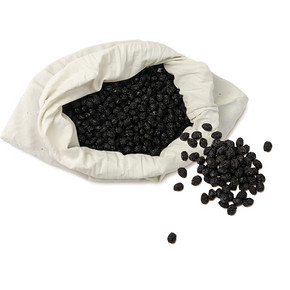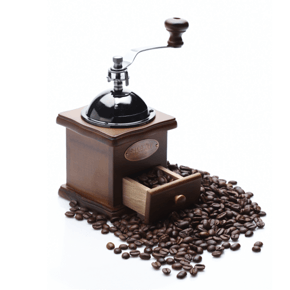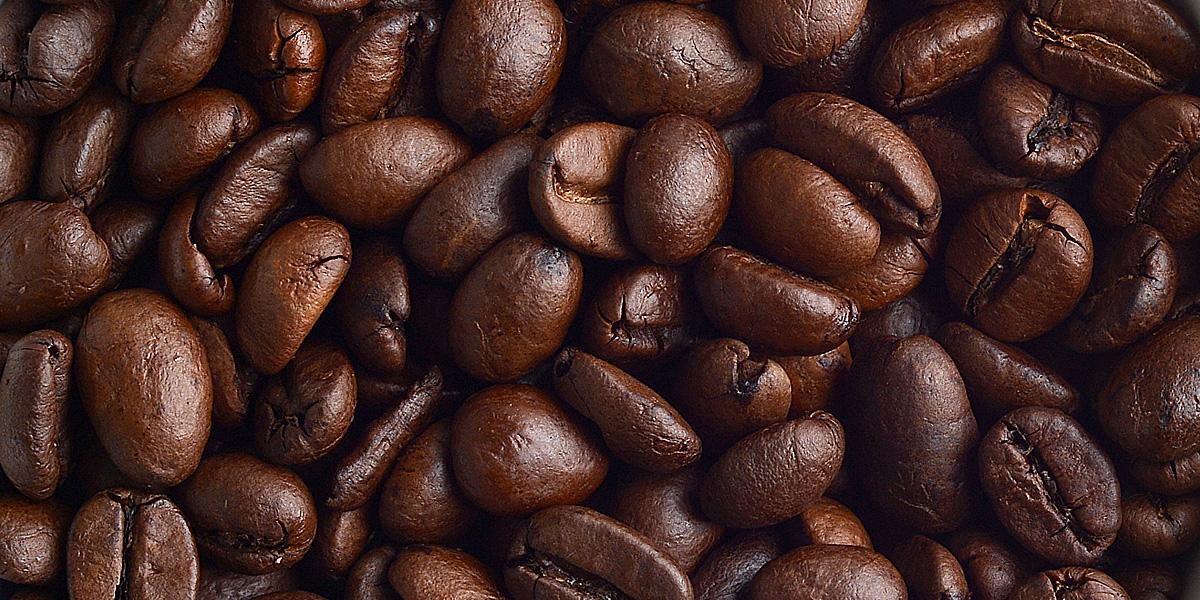Guatemala coffee bean species planting status grading grade taste flavor description of the story characteristics of the producing area
Pay attention to coffee reviews (Weixin Official Accounts vdailycom ) and find a beautiful cafe to open your own shop
The Republic of Guatemala (Spanish: República de Guatemala) is a country in Central America located in the southern part of the North American continent. It is bordered by the Pacific Ocean to the west, the Caribbean Sea to the east, Mexico to the north, Belize to the northeast, Honduras and El Salvador to the southeast. Guatemala produces about 3.5 million bags of coffee beans a year, and green coffee beans account for 40 per cent of the country's total agricultural exports. This coffee-growing and export-oriented country has fertile soil suitable for coffee trees, suitable climate, abundant water resources and high altitude planting height. There are also many well-known producing areas in its territory, such as Antigua, Vivitenango, Coban, Ekaterinango, Artitland, New Oriental, St. Marks and so on. Among them, Vivitenango and Antigua are best known to coffee lovers.
It is located in the tropics, with many volcanoes in the territory. The northern and eastern coastal plain areas belong to tropical rain forest climate, and the southern mountainous areas belong to subtropical climate. It is divided into dry and wet seasons in one year, with wet season from May to October and dry season from November to April of the following year. Annual precipitation is 2,000 - 3,000 mm in the northeast and 500- 1,000 mm in the south. Forest accounts for half of the country's area, is the best production location latitude of coffee, because coffee is an important cash crop in the local area, resulting in rich coffee culture, people drink coffee every day, most people have a cup of coffee for lunch.

Like Costa Rica, El Salvador, Mexico, Honduras and other Central American countries, Guatemala coffee beans are graded according to altitude. Guatemala coffee beans grown at higher altitudes tend to be of higher quality than those grown at lower altitudes because the higher the altitude, the lower the temperature. The slower Guatemala coffee grows at higher altitudes, the more favorable the accumulation of good substances. That's why altitude is used to grade quality. So what is the classification method based on altitude? Let's take Guatemala coffee bean grading as an example. The higher the altitude, the higher the density of coffee beans and the higher the grade of green coffee beans:
The highest grade is SHB, planted above 1350m;
HB hard bean is next, planting altitude is 1200m~1400m;
There are also SH slightly hard beans, planted at an altitude of 1200m.
Guatemala Coffee Story: Coffee was really introduced to Guatemala in 1750 by Father Jesuit, and German colonists developed the coffee industry here in the late 19th century. Today, most of the coffee industry is produced in the south of the country. Guatemala has seven major coffee-producing regions: Antigua, Coban, Lake Atitlan, Huehuetenango, Fraijanes, Oriente, and San Mareos.
Antigua Valley is Guatemala's oldest and best-known coffee-producing region. Volcanoes and shallow water tables create a dry microclimate characterized by low humidity, plenty of sun and cool nights. The extremely high pumice content of Antigua soil (from the active Fuego volcano) keeps humidity constant at 65% year-round, which is very different from other volcanic coffee producing areas, where humidity usually varies greatly between dry and wet seasons. Fertile volcanic soils, low humidity, plenty of sunshine and cool nights all make Antigua unique.
Antigua coffee is produced in Kamana estate, where the best quality coffee is Elpcal (EL Pulcal), it is not only good quality, but if compared with other Latin American coffee, this coffee can be said to be quite complete, rich, amazing quality, if you enjoy it with chocolate, there will be unexpected discoveries. The most important thing is that it is very rich in flavor, richer in texture, and it has a mesmerizing tobacco flavor.
Vivetnam fruit is an important coffee producing area in Guatemala. Unlike Antigua, Vivetnam fruit has aromatic, clear fruit flavors and refreshing flavor. Due to the high altitude, the coffee beans have better quality, rich taste and full particles, which are favored by European royal families. Guatemala is familiar with coffee beans in Japan. It is classified into seven grades according to altitude. The coffee beans grown in the highlands (SHB / 4500 feet and above) are more mellow, while the coffee beans grown in the lowlands are of lower quality.
Vivit South Fruit Production Area is located in the northwest highlands of Guatemala, with an altitude of 1800-2100 meters. It is the highest coffee production area in the country and is famous for producing excellent quality beans. Because there are many rivers and lakes in Guatemala, the Vivitenango region is rich in mountains and water resources, the climate is dry but the water resources are abundant, and the water conservancy facilities in this region are complete, so coffee is mostly processed by washing. Vivienne Nanguo coffee, rich taste, with a high degree of mellow, smoky flavor is its most characteristic flavor.
Farrakhan plateau region unique geographical conditions--volcanic soil, high altitude, wet weather, active volcanic activity. Pacaya Volcano in this region is the most active of the three active volcanoes in Guatemala, leaving the Farrakhan Plateau often covered in a thin layer of dust and providing sufficient minerals for the Farrakhan Plateau soil. Coffee beans dry during the sun season in the Farrakhan Plateau. Although it tends to be cloudy and foggy in the early morning, it dissipates quickly, ensuring sunny conditions in the area.
Coffee cultivation at Latissa Estate in Farrakhan began in 1920. The estate has Bourbon, Kadura, Pakamara, etc., which are quite diverse. Of the total area of 205 acres (4046.8 square meters per acre), 173 acres are used for coffee cultivation, and the other 32 acres of native forest are home to various wild species. There are several natural springs on the farm, which provide sufficient and high-quality irrigation for the coffee plantations during the dry season and are also the source of power for the coffee processing plant (water for water treatment).
New Oriental is located in the easternmost part of Guatemala. Unlike Antigua, which is less than an hour's drive from the capital, New Oriental has to drive all the way to the easternmost border with Honduras. Plan del Guayabo is located next to Volcán de Suchitán volcano, which means "guava plain" in Spanish. It is named after guava trees planted in large numbers in the area. The owner of the estate is Benjamin Donado (Mr. Benjamín Donado). The Donado family has been dedicated to coffee production since 1990 and has been today for more than 20 years. Last year, a small amount of washed SL28 was produced in Guava Plain. This year, under the cooperation with traders, a new batch of sun-dried wine fragrance was added, with unique flavor. When cooperating with traders on this series, we also communicated on the spot about the harvesting standards and sun-dried treatment methods (such as turning and drying days). From the results, it can be said that it is a very happy harvest. Especially SL28 is still rare in Central America.
SL28 This species originated from Lake Tanganyika in East Africa and was discovered in 1931. Its leaves are broad and reddish, which can adapt to a very high altitude environment, and have excellent drought resistance and disease resistance. The yield is also higher than that of traditional species. The performance of flavor is also a single tree. Sunlight: pineapple, melon, dried apricot, sugared lemon peel, bordeaux wine, green tea and cinnamon spice, rich sweetness and smoky plum aroma throughout.
Each region has different climate changes, so coffee beans from each region have their own characteristics, but in summary, Guatemala coffee presents a mild and mellow overall texture, with elegant aroma, and with similar heat number and pleasant acidity such as fruit acids, which has become the aristocracy of coffee.
Important Notice :
前街咖啡 FrontStreet Coffee has moved to new addredd:
FrontStreet Coffee Address: 315,Donghua East Road,GuangZhou
Tel:020 38364473
- Prev

Description of flavor and flavor of Costa Rican coffee beans
Following Cafe Review (Wechat official account vdailycom) found that Coffee Cafe in Costa Rica opened its own shop with full grains, ideal acidity and unique strong flavor. Tarrazu of Costa Rica is one of the major coffee producers in the world, with a light, pure flavor and pleasant aroma. The volcanic soil in Costa Rica is very fertile and drains.
- Next

Brief introduction of Starbucks Guatemalan Coffee
Following Cafe Review (official Wechat account vdailycom) found that Cocoa Cafe opened its own shop, Cocoa, an elegant, rich and deep coffee whose delicate acidity is perfectly balanced with subtle cocoa texture and soft spice flavor. Origin: Latin American processing method: washing method Flavor: cocoa, spices sour
Related
- Detailed explanation of Jadeite planting Land in Panamanian Jadeite Manor introduction to the grading system of Jadeite competitive bidding, Red bid, Green bid and Rose Summer
- Story of Coffee planting in Brenka region of Costa Rica Stonehenge Manor anaerobic heavy honey treatment of flavor mouth
- What's on the barrel of Blue Mountain Coffee beans?
- Can American coffee also pull flowers? How to use hot American style to pull out a good-looking pattern?
- Can you make a cold extract with coffee beans? What is the right proportion for cold-extracted coffee formula?
- Indonesian PWN Gold Mandrine Coffee Origin Features Flavor How to Chong? Mandolin coffee is American.
- A brief introduction to the flavor characteristics of Brazilian yellow bourbon coffee beans
- What is the effect of different water quality on the flavor of cold-extracted coffee? What kind of water is best for brewing coffee?
- Why do you think of Rose Summer whenever you mention Panamanian coffee?
- Introduction to the characteristics of authentic blue mountain coffee bean producing areas? What is the CIB Coffee Authority in Jamaica?

